#types
Explore tagged Tumblr posts
Text

Architecture and Ornament, Roof Shapes
314 notes
·
View notes
Text
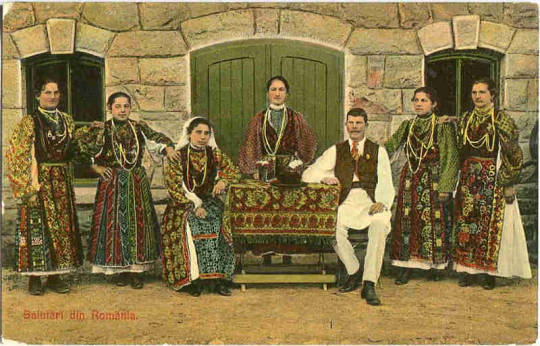


TYPES / PEOPLE of Romania.
#Romania#Rumunia#postkarte#kartka#post card#villagers#people#musicians#muzycy#ansichtskarte#tarjeta#stroje#costumes#stroje ludowe#types#folks
55 notes
·
View notes
Text
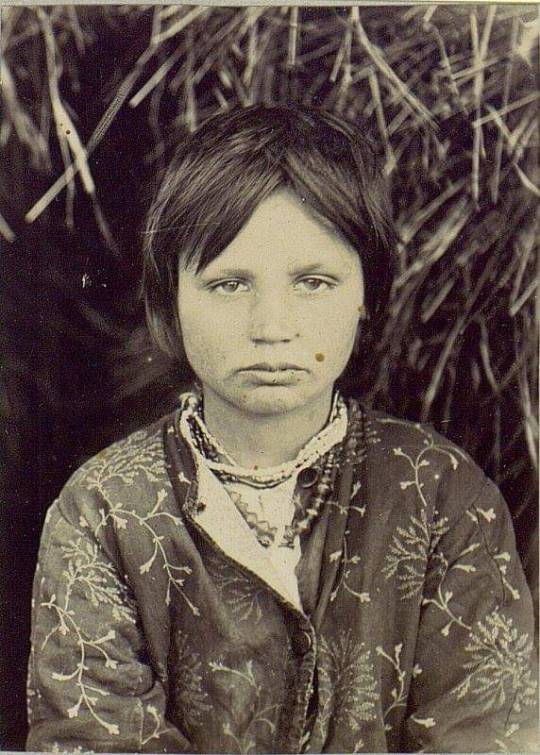

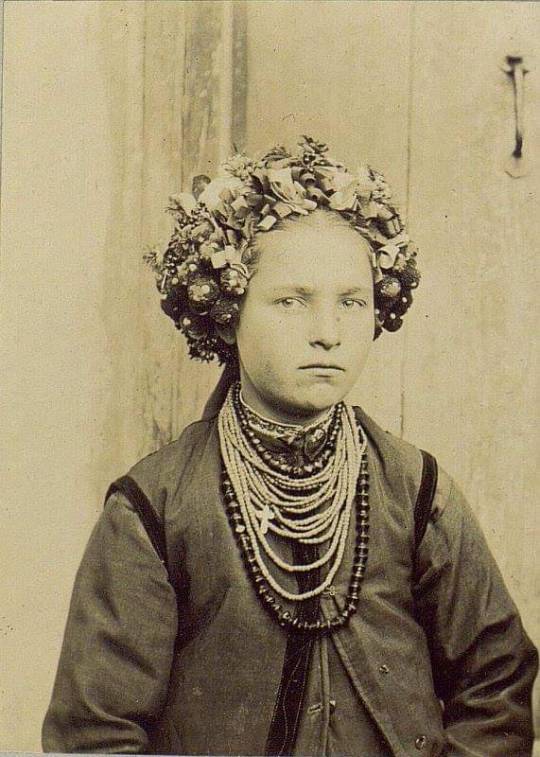



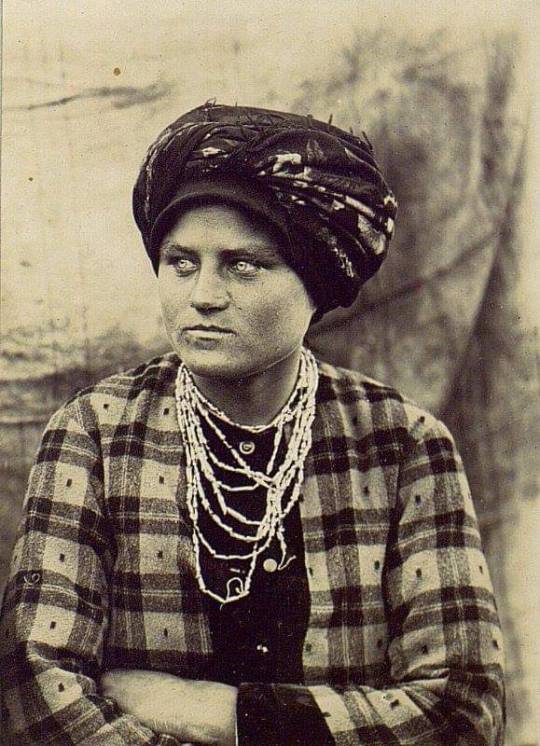
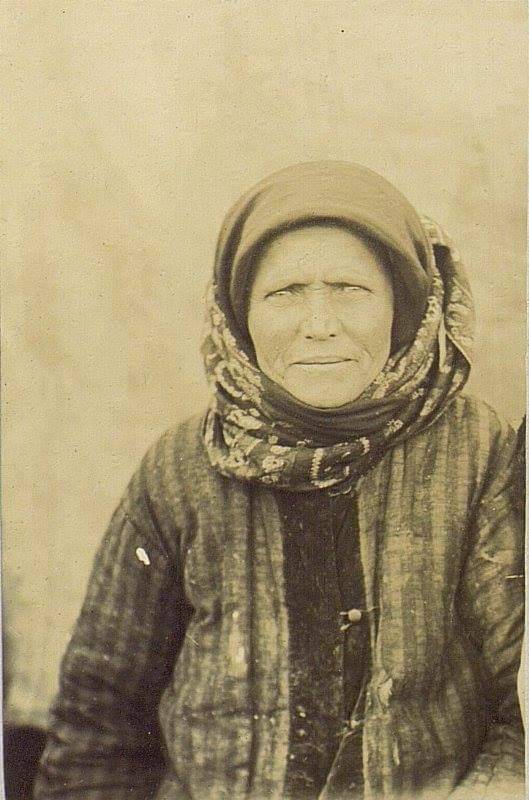
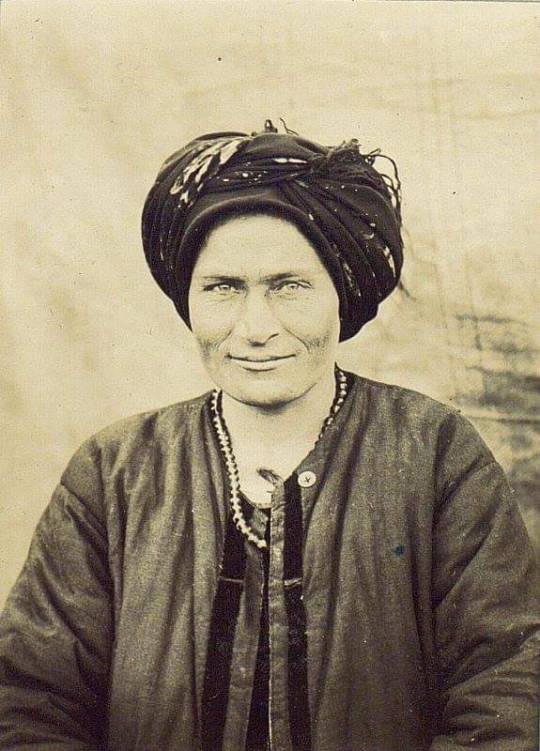
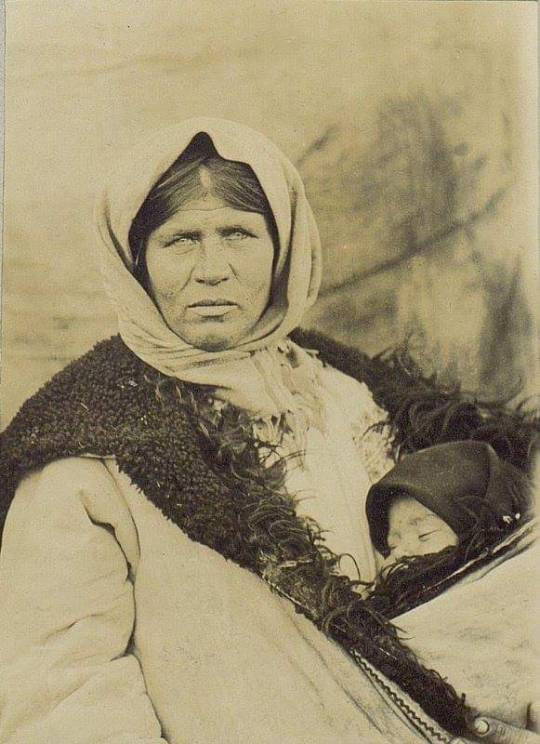
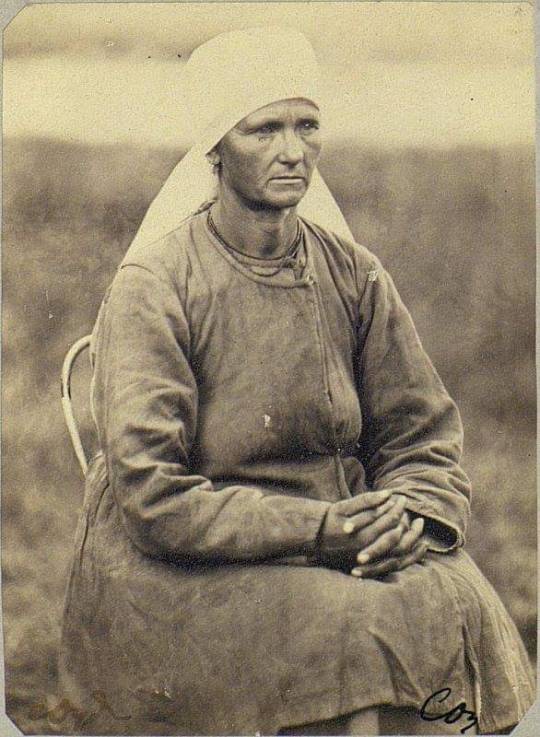

Portraits of ukrainian peasant women from Poltava region by Samiylo Dudin (1894)
Портрети жінок селянок з Полтавскої області зняті Самійлом Дудіним (1894)
#ukraine#eastern europe#photography#vintage photography#anthropology#portraits#people#black and white photography#faces#xix century#19th century#women#ethnic types#types
527 notes
·
View notes
Text
Animals...🐿





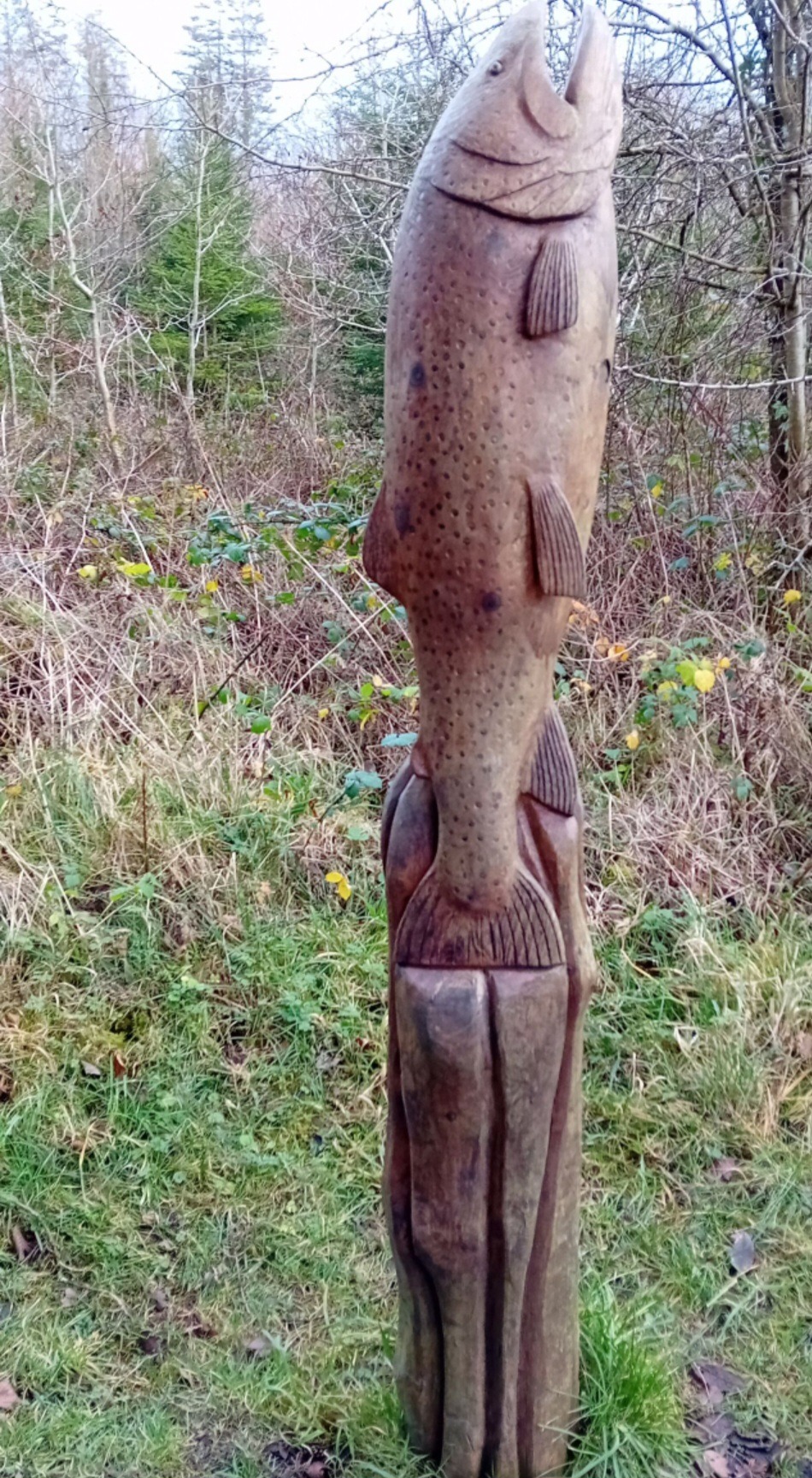

#interesting#animals#woods#walk#hobby#nature#outdoors#photography#photos#sky#no filters#December#Winter#Monday#fish#hare#squirrel#badger#fox#Pine marten#woodland#new post#Types#phone#camera#tumblr#happy#trees#tall#trip
67 notes
·
View notes
Text
Are you a bowl of cereal at 11 am kind of person or a bowl of soup at 11 am kind of person?
35 notes
·
View notes
Text
Reworked Species #6: Mutated Aquatic Creatures
Chowmein-Conga
Their scientific name is Brevicarcinus (meaning “short crab”). Some people refer to the Chowmein-Conga as the Medium Ming Kong Crabs. They’re small, mutated Ming Kong crabs born as a result of the Regular Army's nuclear testing on Pallas Island. These crabs are very social creatures that often prefer to hunt in groups and share their tasty finds, which mainly consist of dead, rotting fish, human flesh, and batches of algae. They’re very gentle and kind towards other crustaceans, instinctively recognizing them as being biologically related or having some ancestral ties. They’re capable of befriending humans who show them respect and tenderness, going as far as to protect them from people and animals who dare to hurt them when they’re around.
Like crabs, they communicate with their brethren through a process called stridulation to convey different messages. They also employ basic visual body language cues, such as waving their claws, and produce gastric mill sounds when they're agitated.
There are two subspecies of Chowmein-Conga: Brevicarcinus supraterraneus and Brevicarcinus subterraneus. They closely resemble the Chowmein-Conga from Metal Slug 3, but with a few notable differences. Both subspecies exhibit slight sexual dimorphism in size with males reaching 6' 9" (205.74 cm) and females reaching 6' 10" (208.28 cm). They possess reproductive organs identical to those of regular crabs. Females lay approximately one hundred translucent white eggs, which hatch into offspring called Mein-Conga. These juvenile crabs resemble Ming Kong crabs but are distinguished by their glossy amber eyes and grey-green carapace.
Brevicarcinus supraterraneus Chowmein-Congas are exclusively found aboveground on sandy beaches. They exhibit a peculiar fascination with abandoned ships and damaged machines, which they associate with food sources as they often scavenge for sustenance from forgotten cargo. Additionally, these structures serve as shelters for their young and function as breeding grounds. They're occasionally observed associating with Huge Locusts, which serve as a mode of transportation. However, this arrangement comes at a price: the Chowmein-Congas must offer the Huge Locusts the heads of fish and humans as payment. They have a dull mossy green carapace. Males are distinguished by their deep red eyes and celadon-coloured spikes and rounded bumps on their carapace and the tops of their claws, whereas females have dull yellow eyes.
Brevicarcinus subterraneus Chowmein-Congas are exclusively found above ground in mutated bug-infested caves and volcanic caverns. They exhibit a voracious appetite, feeding on Maggots, damaged Big Snail shells, rocks, and even their own weak and dying young. Compared to their brethren, they possess enhanced resilience and speed, enabling them to withstand one or two bomb explosions and a few additional melee and handgun attacks. They have a blue-green carapace. Males are distinguished by their pitch black eyes, whereas females have dark brown eyes and red-orange spikes and rounded bumps on their carapace and the tops of their claws.
They possess a fairly armoured carapace that can withstand three to four melee strikes and five to six handgun bullets. When attacking at close range, they swiftly close in on their target and aggressively stab and pinch with their sharp claws. When attacking from a distance, they expel acid-laced orange-tinted foam bubbles, which can be easily popped but leave behind a corrosive liquid residue. When consuming fresh volcanic rock, they can heal their damaged bodies and temporarily spray molten lava and emit burning bubbles that scorch their enemies.
Ohumein-Conga
Their scientific name is Megalocarcinus (meaning “greatest crab”). Some people refer to the Ohumein-Conga as the Huge Ming Kong Crabs. They're the larger, stronger, and sturdier biological relatives of the Chowmein-Conga species, having also been a result of the Regular Army's nuclear testing on Pallas Island. The Ohumein-Conga are mostly solitary hunters, rarely working in pairs, but will collaborate if they need help taking down prey or targeting threats to their crustacean kin.
As guardians of the Chowmein-Conga, they fiercely protect their main shelters and breeding grounds, aggressively hunting down intruders—regardless of intent. They will generally leave people and animals unharmed if they perceive no threat or if a Chowmein-Conga or another Ohumein-Conga has communicated with them, identifying the individual as a friend. They rarely bully Chowmein-Conga, and will even kill and consume them, feeding on their flesh. They eat the same things as their smaller relatives, but they're capable of consuming and digesting metals, including gold and steel.
There are three subspecies of Ohumein-Conga: Megalocarcinus supraterraneus, Megalocarcinus subaqueanus, and Megalocarcinus subterraneus. They closely resemble the Ohumein-Conga from Metal Slug 3, but with a few notable differences. Both males and females reach a height of 13' 1" (398.78 cm) and possess a razor-sharp, semi-flexible telson. Besides having different reproductive organs to signify their biological sex, they exhibit no distinct sexual dimorphism. They also produce the same Mein-Conga offspring as the Chowmein-Conga, but with a rusty red carapace and a smell reminiscent of explosion smoke.
Megalocarcinus supraterraneus Ohumein-Congas have a cinnabar-hued carapace and olivine eyes. They're exclusively terrestrial, inhabiting sandy beaches, abandoned ships with food cargo, and swampy forests. Notably, they possess enhanced attacking and movement speed, but are relatively weaker in terms of physical strength. They're frequently encountered in the company of small hordes of Chowmein-Congas.
Megalocarcinus subaqueanus Ohumein-Congas have a golden brown carapace and pitch black eyes. They're exclusively found underwater, typically near shipwrecks and rocky structures. Known for their strong sense of territorial pride, they aggressively defend their habitat against anyone who litters or disrespects their home. While they possess remarkable physical strength, their attacking and movement speed are relatively slow. They're often found in the company of Flying Killers, who appear to treat them with friendly affection, allowing them to feed on parasites and barnacles that may be attached to their carapace.
Megalocarcinus subterraneus Ohumein-Congas have a blue-green carapace and yellow-orange eyes. They're exclusively found underground, specifically within the same habitats as the Brevicarcinus subterraneus. They possess average physical strength and speed. They're often found in the company of Giant Caterpillars, feeding on parasites and dried skin that have accumulated on their bodies.
They possess the same abilities as the Chowmein-Conga, but have also developed three unique abilities. Firstly, they can unleash a flurry of pincer claw slams and rapid jabs to badly injure or kill their enemies. Secondly, they can charge at their foes, knocking them off balance before delivering a merciless beating. Lastly, they possess the ability to release a waterfall of scalding hot water from fleshy orifices hidden within their claws, which are only exposed when their claws are fully open.
Huge Hermit
Their scientific name is Coenobita gigantonychus (the species part translates to “gigantic claw”). They're also referred to as the Tank Crab, Cannon Hermit Crab, and Fortress Crab by various individuals. They're a hermit crab on Pallas Island that has evolved to gigantic size after being exposed to hyper-advanced nuclear weapons tested by the Rebel Army, which were supplied by the Amadeus Syndicate. The Amadeus Syndicate is said to have weaponized the Huge Hermit, prompting it to inhabit a damaged, hollowed-out Denturion tank with still-functional turrets and large cannon salvaged during the aftermath of the White Baby Crisis.
Only one Huge Hermit has been identified, and it's female. However, reports from Rebel Army soldiers and Amadeus Syndicate scientists suggest that another Huge Hermit, presumably male, once existed. The two allegedly mated and laid eggs, but most were consumed by Ohumein-Congas and Zoni Doloma. The fate of the remaining eggs is unknown as it's unclear whether they have hatched, are still gestating or have decayed due to improper fertilisation.
She appears to be on good terms with the mutated wildlife of Pallas Island and serves as the island's guardian. However, she perceives anyone not native to Pallas Island or unaffiliated with the Rebel Army and Amadeus Syndicate as a threat.
She bears a striking resemblance to the Huge Hermit from Metal Slug 3, but her eyes are a soft purple. To operate the hollowed-out Denturion, she has a large reddish-black, Sacculina-shaped blob connected to her neurological system. It enables the Huge Hermit to control sixteen thick tendrils. Besides shooting fireballs and firing large shells from the Denturion, she can utilise its massive claw to hurl large boulders and regurgitate explosive eggs from its sac, launching them at its enemies.
Enormous Moray
Their scientific name is Gymnothorax ensichasma (the species part translates to “spear of the wide opening”). They're oversized moray eels that inhabit the depths beneath Pallas Island, a result of nuclear testing conducted by the Rebel Army. Only four Enormous Morays are known to exist, and despite being perceived as feminine, they're all sexually androgynous. After discovering them while investigating half-eaten giant Jellyfish carcasses washing up on Pallas Island's shores, the Rebel Army domesticated the Enormous Morays as pets and guardians. General Morden named the four known Enormous Morays Helen, Linda, Jenny, and Barbie. He ordered his men to craft special collars from adamant-infused leather and fit them to the Enormous Morays, ensuring they wouldn't easily leave the island.
The Enormous Morays are remarkably calm and patient, often waiting for the perfect moment to strike and devour their prey. Their diet consists mainly of giant Jellyfish, but they also occasionally consume fish, crustacean eggs, Squids, and humans. Notably, they can distinguish between strangers and their owners, ensuring they don't harm or devour members of the Rebel Army and their allies. However, they may experience difficulties if strangers disguise themselves as Rebel Army members or their known allies. They're quite friendly towards their owners, enjoying pets and savouring the delicious food they receive from them. Despite being weirdly quiet, the Enormous Morays exhibit canine-like behaviour when their owners are around, making clicking and barking sounds to seek attention or express happiness.
They resemble the Enormous Morays found in Metal Slug 3 and can reach extraordinary lengths, growing up to two to three times the size of a blue whale. They possess no special abilities, but their exceptionally thick skin renders them impervious to conventional weaponry. Additionally, they boast immense physical strength, capable of effortlessly crushing two Slug Mariners by simply smashing into them.
Zoni Doloma
They're a 23' 11" (728.98 cm) mutated semi-aquatic creature, primarily composed of sperm whale genetics with splices of catfish and anglerfish DNA. They inhabit the deep waters surrounding Pallas Island and the arid sand dunes near human settlements. This fearsome, burrowing monster is a formidable predator that primarily targets unsuspecting humans and animals that venture too close to their domain.
Rumours have circulated that the creature was once an experimental weapon created by the Tuatha Dé Danann to safeguard Atlantis and Ultima Thule from naval threats. Allegedly, numerous specimens existed, but only one remains, and ir has mysteriously evolved to thrive in desert environments on land. Its original name, if any, remains unknown, but Ptolemaios has dubbed it "Zoni Doloma" since its discovery by the Ptolemaic Army in the Australian deserts. The name was chosen due to the creature's tendency to lure Ptolemaios' soldiers with promises of false riches, only to devour them. The name originates from Greek: ζονι (zoni) meaning "live" or "living", and δόλωμα (doloma) translating to "bait", "decoy" or "lure." Together, the name can be literally translated to "living bait".
They resemble Zoni Doloma from Metal Slug Attack, but with translucent blue catfish barbels, creamy white baleen, and dark grey sharp teeth. Zoni Doloma often employs a treasure lure, using the promise of riches to capture the attention of travelers, allowing it to swallow them whole with its gigantic maw. However, it can adapt its lure to appear as something else, but it prefers to maintain the treasure facade because humans are its preferred prey.
In combat, it utilises its considerable weight and powerful, thick-skinned fins to crush and assault its prey. It's capable of generating massive sandstorms or waterstorms from its mouth, which send debris, junk, and even caught prey flying towards its enemies. Additionally, Zoni Doloma can rapidly submerge itself underground or underwater to evade attacks. Furthermore, it can leap from the sand or water with great agility, crashing back down mouth-first to catch its prey off guard.
Cyclobster
They're a 27' 9" (845.82 cm) monstrous, androgynous, mutated jellyfish, genetically engineered with spliced DNA from lobsters and octopuses. Many believe the Cyclobster to be the Tuatha Dé Danann's last powerful bioweapon, created in a desperate attempt to win their brutal war against humanity. It's renowned for its unparalleled strength, using its massive and mighty tentacles to destroy everything in its path. However, it vanished mysteriously with the fall of Atlantis. This has led some conspiracy theorists to speculate that the Cyclobster was psychically linked to the Atlantean leader's hubris and psyche, and thus perished when he drowned.
Upon learning about this mutant weapon, Ptolemaios became resolute in his pursuit to acquire and integrate it into his military arsenal. It was rediscovered many years later by the Ptolemaic Army during an excavation expedition, assisted by the Amadeus Syndicate. The deactivated Cyclobster was surprisingly located in the middle of the Soursop Jungle's flowing river.
It bears a striking resemblance to the Cyclobster from Metal Slug Attack, but it has a gold-rimmed eye and its purple flesh possesses a subtle green sheen. Its oral tentacles, covered in barbed spikes, can snatch and immobilise living prey by injecting a potent paralytic toxin. The toxin is delivered through the singular needle-like point that tips each oral tentacle, which penetrates the skin and releases the toxin through a microscopic opening. Additionally, it can unleash a frenzied assault of stabs with its carapace-shielded tentacles, capable of causing nearly earth-shattering impacts. It can soar to great heights and emit a concentrated stream of intense blue light, capable of piercing through bodies and inflicting severe burns.
It can absorb various substances and special crystals to enhance its vitality. Notably, after consuming the shattered remnants of the red crystal from Sol Dae Rokker's body, the Cyclobster can spawn acid-spewing golden green maggots that glow in sunlight from its fleshy barnacles, called Nematocysts, which emit a pulsating glow. It can emit fast-moving lasers by remaining stationary, while its eye glows with a yellowish-white light.
Jellyfish
Their scientific name is Rhoialepton (meaning “graceful flow”). They're mutated jellyfish that have started appearing shortly after the sudden discovery of large fish in Ronbertburg City's waters, following an incident where Tarma Roving clumsily fell in and was nearly devoured. It's believed that the large fish and Jellyfish mutated to abnormal sizes due to nuclear experimentation conducted by the Amadeus Syndicate in total secrecy within Europe and Pallas Island.
They prefer living deep underwater, serving as prey for larger sea creatures, mainly Enormous Morays. Due to the dangers they pose, their social behaviours are barely studied by the scientific community, and as a result, remain unknown. However, it's believed that they're social creatures and prefer the company of other Jellyfish. They appear to possess a surprising understanding of basic human commands as evidenced by the Ptolemaic Army's ability to train them for combat, utilising them to protect their underwater facilities.
There are three subspecies of Jellyfish: Rhoialepton grandis, Rhoialepton multiplicans, and Rhoialepton parvus. Rhoialepton grandis Jellyfish resemble those found in Metal Slug 3 and can spray acidic water from an orifice on top of their head, which they can unfurl. They are very durable, capable of withstanding sixteen handgun bullets and two explosions, and can slowly reform themselves after being killed. Rhoialepton multiplicans resemble the Jellyfish found in Metal Slug 3 and can split into four smaller versions after being killed. Rhoialepton parvus resemble the Jellyfish found in Metal Slug 5 and swim in large groups, discharging electricity when shot at. All subspecies can utilise bioelectricity stored within their gelatinous bodies and release it through their oral tentacles when they sense danger.
Squid
Their scientific name is Microcosmus teuthis (meaning “squid of the little world”). They're sometimes referred to as Krakens by some people, while Ptolemaios and the Ptolemaic Army refer to them exclusively as Titanomakhia. They're mutated giant squids that inhabit seawaters near underwater facilities owned by the Ptolemaic Army. Experimented on by the Amadeus Syndicate, they were given to Ptolemaios as a gift to help defend their underwater facilities from intruders. The Ptolemaic Army trained them to fight for sea control, alongside Rhoialepton multiplicans Jellyfishes.
They possess significantly higher intelligence than the average squid, demonstrating the ability to comprehend human languages and speech patterns, and effortlessly respond to commands.
They closely resemble the Squids found in Metal Slug 5, and can grow up to 73 ft (2225.04 cm) in length. They can release a cloud of foggy ink when feeling scared and confused or to disorient their prey and set up an ambush. They can attack enemies by rapidly propelling themselves forward, colliding with hostile forces. They're able to camouflage into their underwater environment, making detection with the naked eye difficult. They can also change their standard colours to blue and purple to signal lethargy or impending death.
Flying Killer
Their scientific name is Odontoneustes (meaning “toothed swimmer”). They're a mutated, carnivorous fish from a mysterious species biologically related to piranhas. Created accidentally during clandestine nuclear testing on Pallas Island by the Regular Army, they're a primary reason the tests were abruptly halted. The creatures frequently preyed on soldiers and scientists who ventured too close to the water.
Their primary diet consists of small fish and humans, but they'll occasionally cannibalise their own severely injured kin. Despite their ferocity, they're highly social creatures that often gather and hunt in groups. They're commonly found in the waters of jungles and swamps or stored in water tars constructed by the Rebel Army. They're aggressive and domineering towards any creature outside of their kin, often attempting to eat them, harshly nipping at them or slapping them with their fins. In a display of affection, male Flying Killers gently nip the fins of females to show love and interest in being their lifelong partner. Juveniles are skittish, easily swimming away from anything larger than themselves.
They resemble the Flying Killers from Metal Slug 3, and both males and females are twice the size of a piranha. They're capable of brief, gliding flights over water, enabling them to traverse the length of the Borobune Slug in pursuit of prey. Their quick, powerful bites and durable teeth allow them to strip living creatures down to the bone.
#writerscorner#creative writing#writing#iron eclipse au#metal slug#snk#gaming community#rework#redesign#appearance#types#behaviour#abilities#mutated aquatic creatures
13 notes
·
View notes
Text

Russian vintage postcard, illustrated by Ivan Bilibin, mailed to England
#tarjeta#postkaart#sepia#a42547#russian#nouveau#england#carte postale#russia#bilibin#ansichtskarte#ivan bilibin#signed#mailed#briefkaart#photo#photography#postal#postkarte#ivan#vintage#types#illustrated#postcard#historic#artist#ephemera
28 notes
·
View notes
Note
Rayyan to me is a Double Lion. They have a Lion Primary- they listen to their intuition, have a clear sense of right and wrong and their Cause is becoming a professional tennis player. They’re the type of Lion Primary who is adamant about their Cause and as a fellow Lion Primary that’s kind of sexy of them to me. They’re also a Lion Secondary-they are themself and hate to lie, they charge and take things head on.
Tobin on the other hand screams Badger Primary- they care about the community of Cargill and it’s also shown through how they handle Felix. Badger Primaries have a fascinating thing known as “dehumanising” they simply do not view that person as a person anymore (usually when a Badger’s close one hurts them they deal with that by cutting them off, while a Snake Primary wouldn’t struggle with that unless they’re part of their inner circle. Think of it like cutting off a limb and cauterising it to stop the bleeding.) Tobin cares about everyone not just their close ones and that’s shown through their actions. They are a Snake Secondary- adaptive and fluid, improvising when they need to. Their playing style was described as “fluid” and that solidified it for me.
G seems to be an immature Snake Primary- hedonistic, live in the moment, still trying to find their people, while also being burnt- somehow they are hurt and have burned as a result (they take of themself first and foremost) they however are a Bird Secondary- drawing upon prior knowledge and using their tools in situations.
Sam is a Snake Primary whose Important Person is MC and that melts my heart. They care about MC & Robin and their family. They take to Cargill- not because they’re community but because they’re MC’speople- and have a Badger Secondary of hard work and drawing upon the community for help. Amusingly enough Snake Badger’s are known as the Love Interest sorting which explains why so many people love them.
I hope you liked my theories and sorry for rambling haha😅
OK I don't know if you guys know but I LOVE personality theory in all shapes and forms, so literally when I got this ask I showed it to my gf and she immediately snorted and said I met my soulmate. So, thank you for that.
Long post below.
For folks who are wondering what the hell we're on about, here's a link to the sortinghatchats Tumblr page. Just so we get things out of the way: I absolutely detest J.K. Rowling and her TERF bullshit. Don't Stan for that, and that explains the use of lion/badger/snake/bird.
Anyway, agreed with Rayyan being lion primary—I was struggling with figuring out whether or not they seemed more snake primary or lion primary (because I also do see them protecting their crew to the ends of the earth e.g. their family, their cat, MC if they eventually make their way there...) but I do think that it ultimately makes more sense that they're people who wouldn't sacrifice their ideals/what they think is right.
As for Rayyan being lion secondary, that part is irrefutable. Like what you said:
they charge and take things head on
I think your Tobin typing is spot on, so I won't go into too much there except this:
Tobin cares about everyone not just their close ones and that’s shown through their actions.
and
adaptive and fluid, improvising when they need to. Their playing style was described as “fluid”
are absolutely right. I think Badger-snake combinations really explain Tobin's ability to mov through life with the ease and looseness/ quiet confidence and warmth/kindheartedness that Tobin embodies.
For G, I actually read them more as bird primary than bird secondary, mostly because I think ultimately, G's more concerned with coming up with a framework/system through which they understand the world / life / make decisions, but they're constantly adjusting / adding to that system or framework. Contradictions make them want to tinker and probe, and they're most at ease when things make sense.
I could see bird primary with either snake secondary for G (they wear many different skins) or bird secondary.
For Sam, I think you hit the nail on the head with
Sam is a Snake Primary whose Important Person is MC
and
Badger Secondary of hard work and drawing upon the community for help.
Absolutely adorable. I think that combination might be so popular for love-interests because it's probably the most endearing ride-or-die bestie combination to exist.
#ct:os#college tennis: origin story#if#interactive fiction#asks#sortinghatchats#sortinghat test#rayyan#sam#tobin#g#types#personality
43 notes
·
View notes
Text
There are two types of typers 🫣:
1. Originals.
2. Plagiarists.
Only repeat, revise, reword and rinse out of your own creativity. 🫡
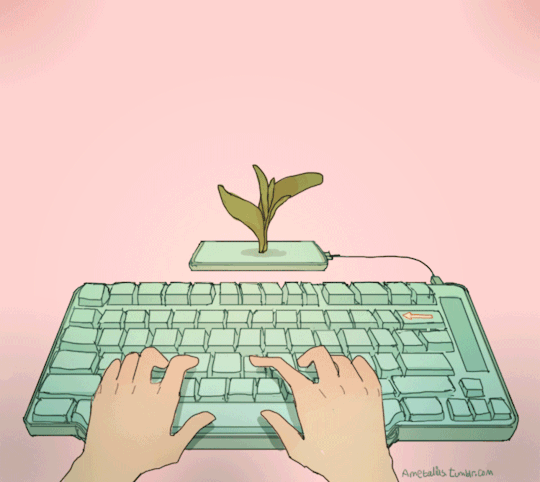
#writeblr#writing#writers on tumblr#writer problems#writing process#fantasy#writerblr#writer#spilled ink#writers#writer types#editing#typing#typed#types#spinning articles#OP
9 notes
·
View notes
Text
3 notes
·
View notes
Text

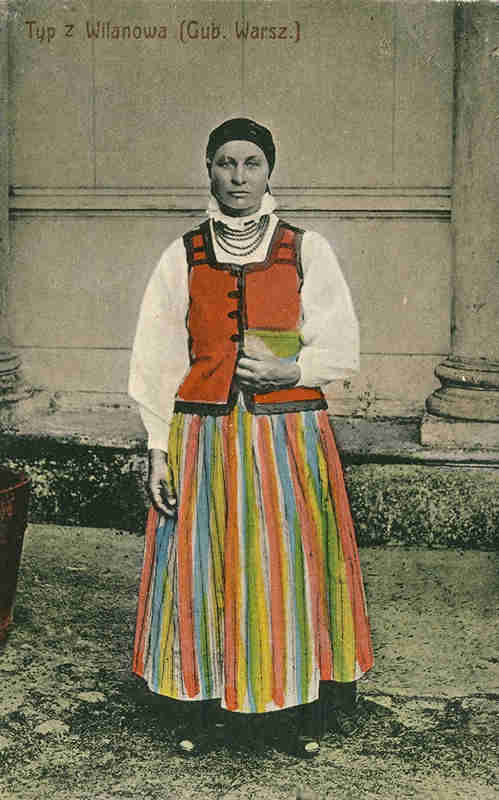




TYPES from WARSAW / people / ludzie z Warszawy => POLAND.
#postkarte#post card#kartka#Polonaise#Warszawa#Varsovie#types#pocztówka#ansichtskarte#Warsaw#ludzie#people#costumes#ubrania#odzież#Polonia#Polska#Poland
9 notes
·
View notes
Text
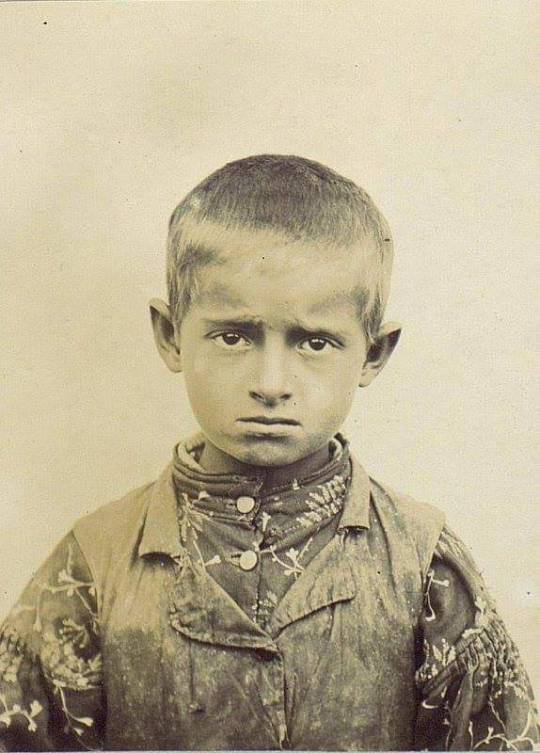
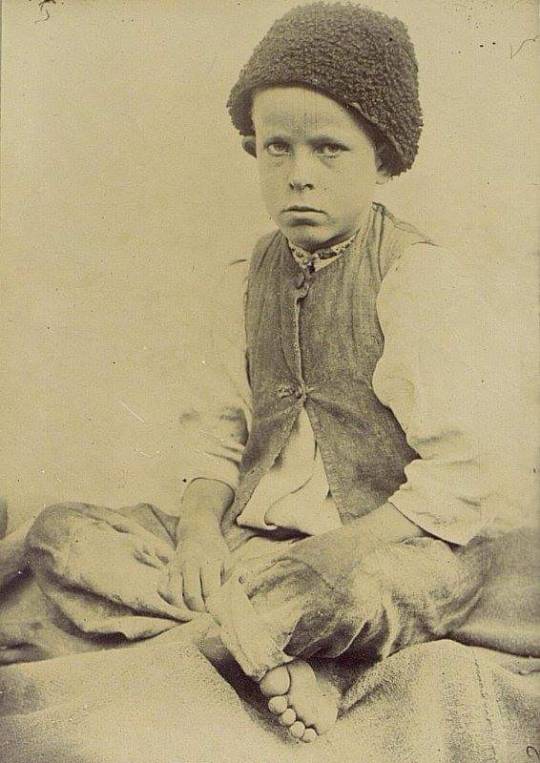
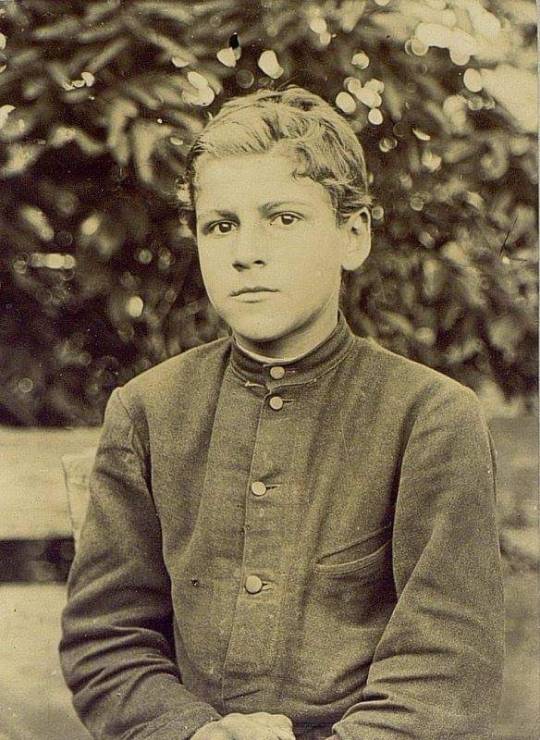
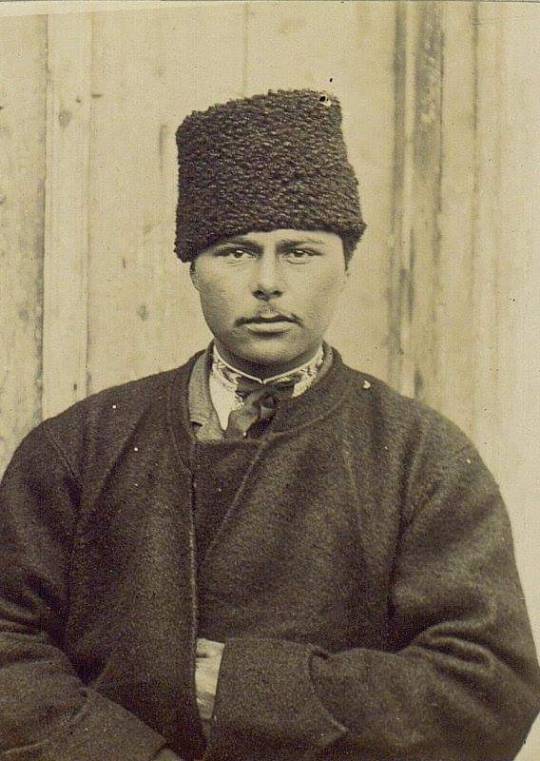
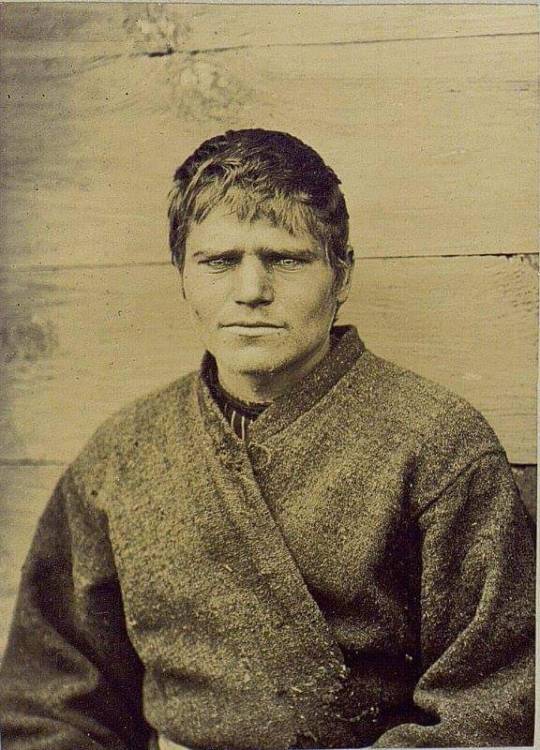

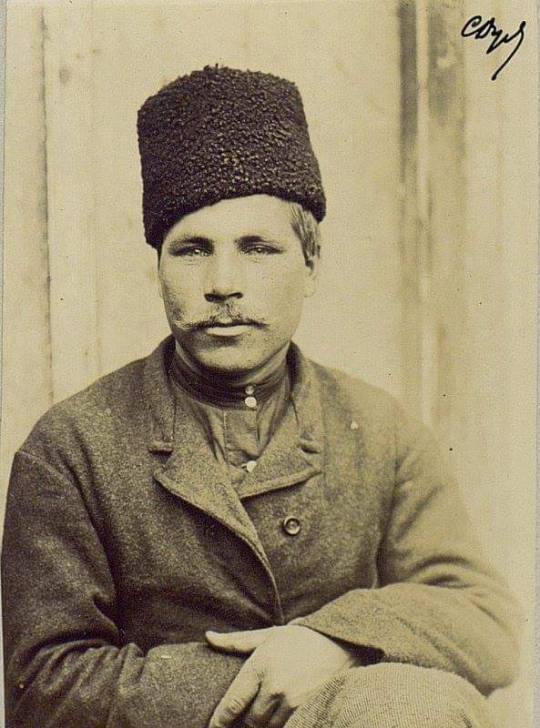
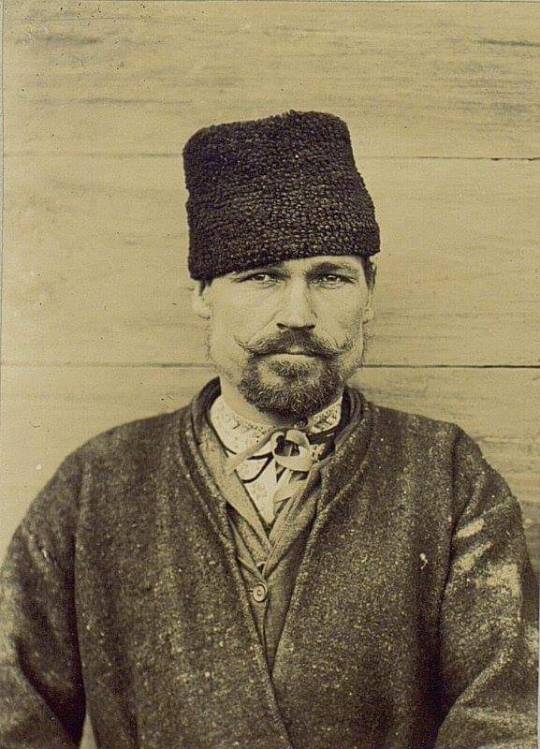

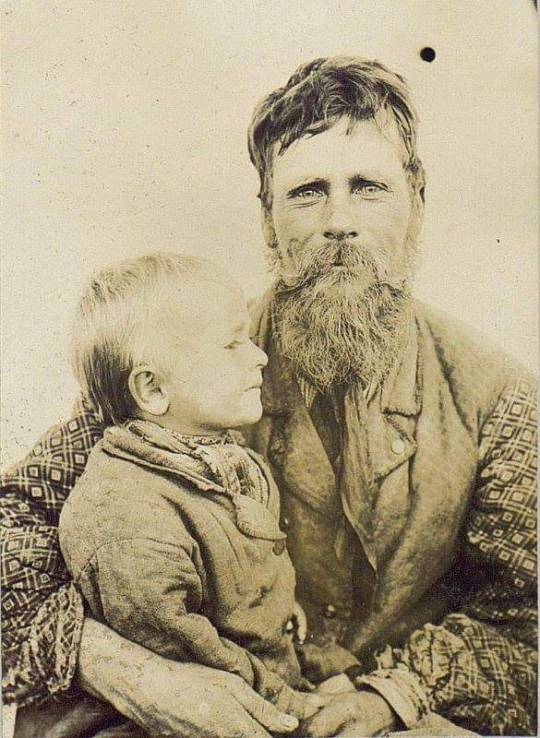

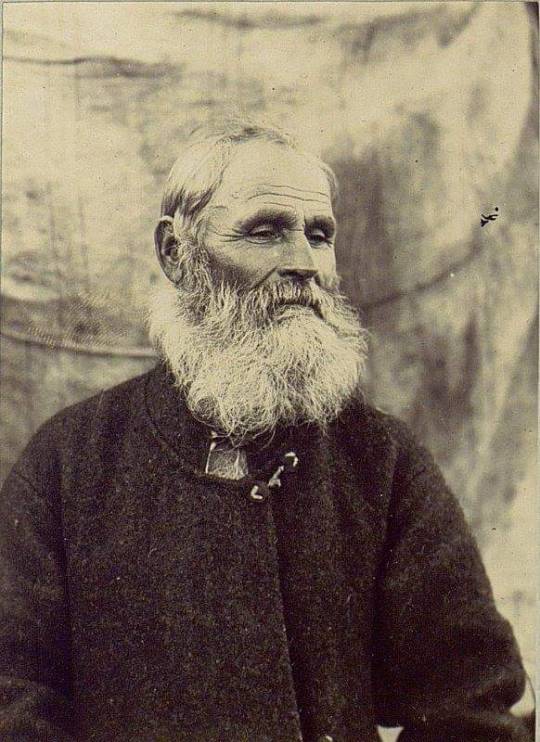
Portraits of ukrainian peasant men from Poltava region by Samiylo Dudin (1894)
Портрети чоловіків селян з Полтавскої області зняті Самійлом Дудіним (1894)
#ukraine#eastern europe#photography#vintage photography#anthropology#portraits#people#black and white photography#faces#xix century#19th century#men#ethnic types#types
311 notes
·
View notes


